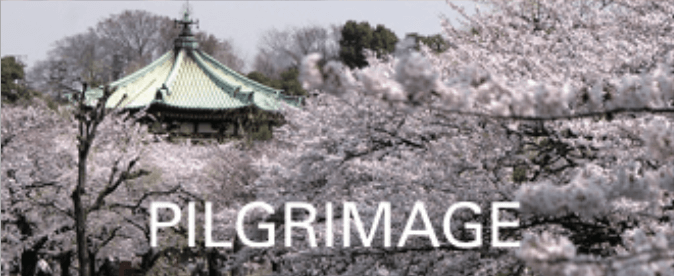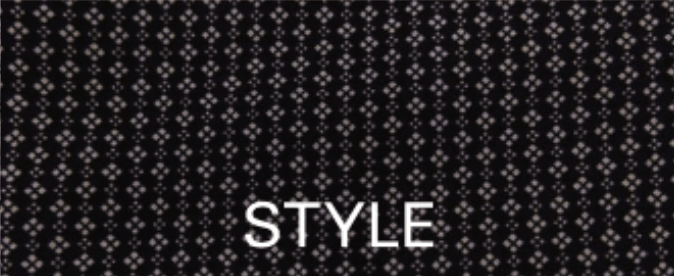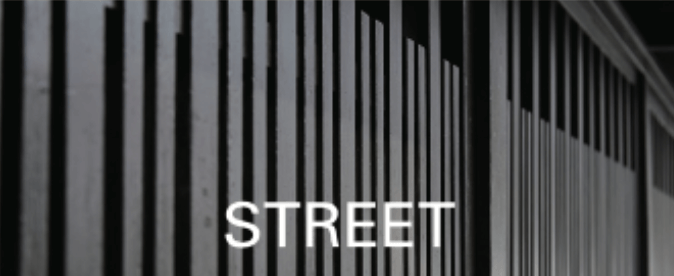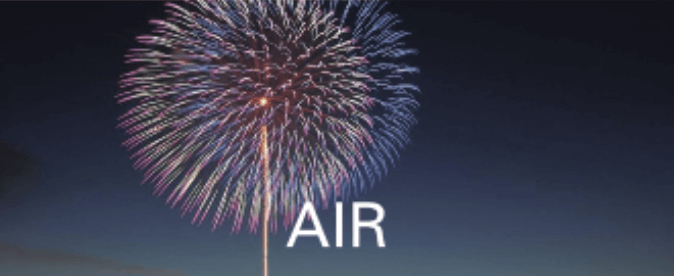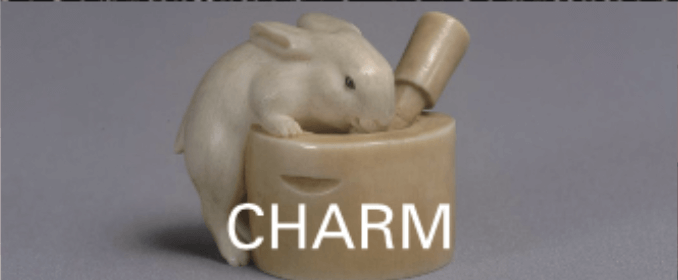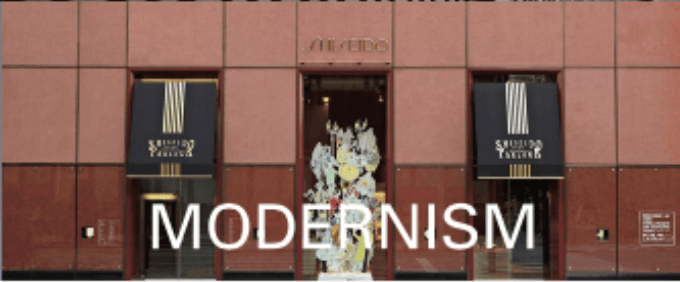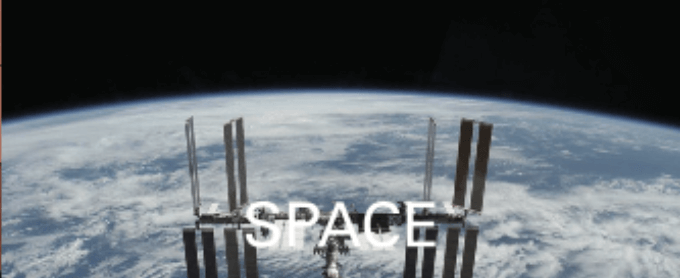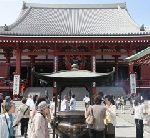
This temple was founded in 628 and, at that time, enshrined the golden statue of Sacred Kannon, the Buddhist Goddess of Mercy. Omaedachi statue, the statue exhibited in place of the hidden one, was made by Jigaku Daishi Ennin (794 – 864), the 3rd head of the Buddhist Tendai sect, from Enryakuji Temple Shiga. Ennin made this after visiting this temple in the beginning of Heian period (794 – 1185).
This temple became Kigansho, a temple for the Tokugawa clan, in 1590, when Tokugawa Ieyasu (1543 – 1616), the founder of the Tokugawa Shogunate, moved to Edo from Suruga, Shizuoka.
The garden of Denboin Temple is open to the public for a limited period. It is a Japanese style garden with a path around a central pond, which is said to have been landscaped by Kobori Enshu (1579 – 1647), a feudal lord, a master of the tea ceremony, an architect and garden designer. The rock arrangement in Japanese landscape gardening, create Kirei sabi, rich beauty and refined simplicity.
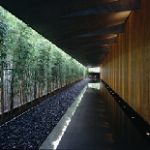
The garden site of this museum was selected by the Nezu Kaichiro Sr. (1860 – 1940), a Japanese railroad king and politician, as his residence. He was an ardent tea practitioner, had tea name “Seizan”, and enjoyed building this 17, 000 ㎡ garden. It has a quiet and deep ambience, unlikely to be in the center of Tokyo.
Stone structures are placed along the strolling street, with the building in the style of a tea-ceremony arbor. This garden has the subtle and detailed structure which reminds us of the memory of the old “Visiting Gods”.
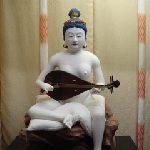
This shrine used to be a temple that was originally counted as one of the three biggest Sarasvati temples in Japan. Sarasvati is god of wealth, music eloquence and water.
In the Asuka period (592 – 710), this shrine was built by the imperial command of Emperor Kinmei. In the Kamakura period (1185 – 1333), Shogun Minamoto no Yoritomo (1147 – 1199), and his wife’s family, the Hojou family, believed deeply in this shrine.
In 1872, as a result of the new government policy that separated Buddhism and Shintoism, this temple was renamed as a shrine and abolished the Buddhist ceremony. At that time, many Buddhist facilities and Buddha statues were discarded.
The pilgrimage to this shrine, during the Edo period (1603 – 1868), was painted by Utagawa Hiroshige (1797 – 1858): artist of Japanese ukiyo-e, painting to draw the city pleasure and travel by woodblock prints and painting, and many Ukiyo-e painters.

Yamada Tokuzo (1885 – 1964) was a dealer of Kimono, Japanese traditional clothes. He aimed to build the Kannon: the Buddhist Goddess of Mercy, Sacred Sites Pilgrimage, by himself, for 50 years. He dug a tunnel, built a statue of Kannon, a stone Buddha, and built a garden, named the best garden in the northern Kanto region.
In the cave, 39 statues of Kannon, made of Mikage Ishi (granite) are set, tracing the Pure Land, the deep mountain valley, cataract and mountain stream. The mysterious space is shaped like a forest of faith.
This museum exhibits the original drawings of Kitazawa Rakuten (1876 – 1955), who was the first professional cartoonist in Japan.
